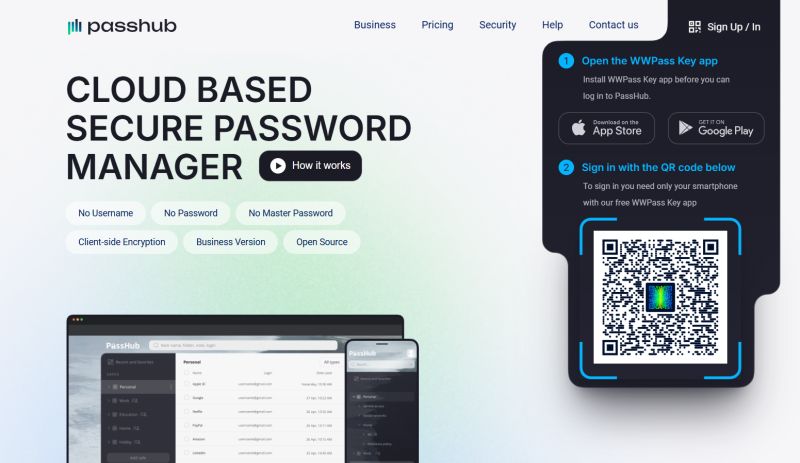
Identity Management is no longer an optional component of IT architecture; it is a strategic function that underpins security, compliance, and user experience across cloud and on-premises environments. Effective identity programs govern how people, devices, and applications prove who they are, gain access to resources, and have that access audited and controlled throughout the lifecycle of their credentials.
At its core, Identity Management (IdM or IAM — Identity and Access Management) covers the processes and technologies that ensure the right individuals have the appropriate access to technology resources. This includes authentication (verifying identity), authorization (granting permissions), provisioning and deprovisioning accounts, role and policy management, single sign-on (SSO), and monitoring for anomalous behavior. Organizations must balance security, usability, and privacy to reduce risk while enabling productive workflows.
Challenges in identity programs often emerge from scale and complexity. Enterprises manage many identity stores (Active Directory, LDAP, cloud directories), an ecosystem of SaaS and custom applications, and a mobile, remote workforce. Each integration can become an attack surface if not managed consistently. Legacy systems frequently lack modern authentication standards, increasing the burden on security teams and users. Identity sprawl — multiple credentials, inconsistent roles, and unmanaged service accounts — creates both operational friction and security gaps.
Standards and protocols are central to solving interoperability and security challenges. Industry standards such as SAML, OAuth 2.0, and OpenID Connect enable federated identity and delegated authorization, allowing users to authenticate with a central identity provider and access multiple services securely. For API and machine-to-machine communication, OAuth provides token-based authorization, while JWTs (JSON Web Tokens) offer compact, verifiable assertions about identity and claims. Implementing these protocols consistently reduces custom code, simplifies integrations, and leverages community-reviewed security patterns.
The identity lifecycle must be tightly managed. Onboarding should provision accounts, assign baseline roles, and enforce least privilege. Role-based access control (RBAC) and attribute-based access control (ABAC) provide structured ways to assign permissions, with ABAC offering finer-grained decisions based on context like location, device posture, and time. Periodic access reviews and automated deprovisioning prevent entitlement creep, and identity governance tools help demonstrate compliance with regulations like GDPR, HIPAA, and SOX by capturing attestations and activity logs.
User experience is increasingly important to adoption and security. Long, complex passwords and repeated logins prompt users to take risky shortcuts. Modern approaches emphasize single sign-on, adaptive authentication, and passwordless methods that combine strong cryptographic proofs with convenience. Multi-factor authentication (MFA) remains a critical control, and adaptive MFA — which steps up authentication requirements based on risk signals — minimizes disruptions while increasing protection.
Privacy and data minimization must be designed into identity systems. Collecting unnecessary personal data or retaining identity records indefinitely increases legal and reputational risk. Techniques like pseudonymization, selective disclosure, and minimizing claim sets in tokens reduce exposure. Consent and transparent data handling practices build trust with users and align identity operations with privacy regulations in different jurisdictions.

Emerging paradigms such as decentralized identity and self-sovereign identity (SSI) propose new models where users hold and present cryptographically verifiable credentials without relying on a single centralized identity provider. Decentralized Identifiers (DIDs) and verifiable credentials aim to give individuals greater control over identity attributes and reduce reliance on centralized data stores. While promising, these approaches must mature in standards, interoperability, and governance before widespread enterprise adoption.
Cloud adoption has shifted identity priorities. Identity is the new perimeter: identity-aware policies and zero trust architectures assume no implicit trust based on network location. Zero Trust recommends continuous verification, least privilege, and micro-segmentation guided by identity context. Cloud identity providers and identity-as-a-service offerings can simplify federation and provide scalable authentication, but organizations must ensure consistent policy enforcement across hybrid environments.
Security operations rely on identity telemetry to detect and respond to incidents. Centralizing logs, monitoring authentication patterns, and using behavioral analytics help identify compromised accounts or insider threats. Automated response playbooks can quarantine accounts, revoke tokens, or require reauthentication when suspicious activity is detected. Integration between IAM and SIEM/SOAR platforms enhances visibility and reduces mean time to remediate.
Practical best practices for a robust Identity Management program include: 1) adopting standards-based authentication and authorization (OIDC, OAuth, SAML); 2) enforcing MFA and moving toward passwordless where feasible; 3) implementing least privilege via RBAC/ABAC and frequent access reviews; 4) automating provisioning/deprovisioning tied to HR systems to reduce orphaned accounts; 5) centralizing identity logs and applying behavioral analytics; and 6) embedding privacy-by-design principles and clear consent mechanisms.
Beyond technology, identity governance is a people and process problem. Cross-functional collaboration between security, HR, application owners, and privacy teams ensures role definitions, onboarding workflows, and termination processes are aligned. Training and clear documentation help users understand security expectations and reduce risky workarounds.
Looking ahead, identity will continue to evolve under pressures from hybrid work, regulatory change, and technological innovation. Expect deeper integration of identity signals into security decision-making, broader adoption of passwordless and biometric authentication, and continued exploration of decentralized identity models. Organizations that treat identity as a strategic asset — investing in standards, automation, and governance — will be better positioned to protect resources, enable seamless user experiences, and demonstrate compliance.
In summary, modern Identity Management is an essential discipline that combines technology, policy, and user experience to secure access in complex environments. By embracing standards, automating lifecycle processes, prioritizing privacy, and aligning stakeholders, organizations can reduce risk while enabling the agility their users and businesses demand.
